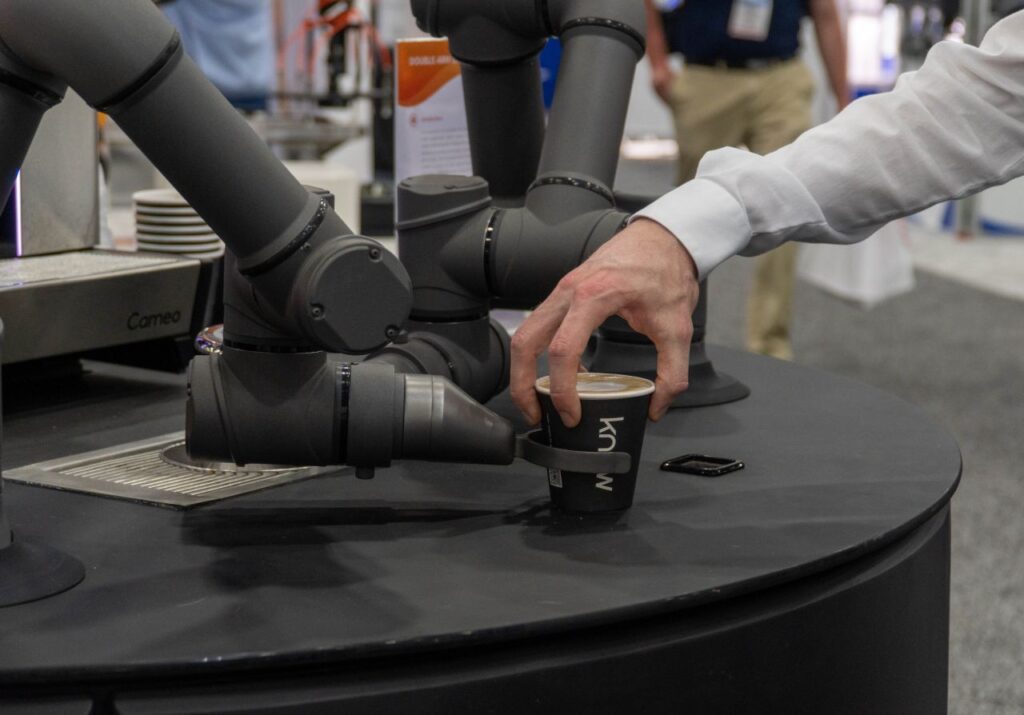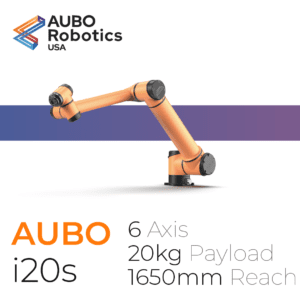Our customers talk about the struggle when searching for flexible and cost-efficient automation solutions tailored to their specific needs. We often hear stories where they run into issues with expensive software licensing fees, find out at the last minute a cobot is incompatible with their existing systems, and sometimes feel forced to buy into an ecosystem of hardware & integrations they didn’t ask for.
Enter the open architecture cobot: an open-source automation solution allowing for seamless integration, easy implementation, and the freedom of choice – all while delivering exceptional value for performance.
At AUBO Robotics USA, we’re experts in open architecture, with all of our cobots supporting robust secondary development capabilities. We’ve committed to open architecture because iterative design empowers businesses to harness the full potential of collaboration, developing valuable innovations that the industry as a whole can benefit from.
In this blog, we’ll explore five key benefits of open architecture cobots and how they can revolutionize your automation journey.
The Top 5 Benefits of Open-Source in Cobots:
- Customizability:
One of the most significant advantages of open architecture cobots is the ability to customize their behavior, functionalities, and interfaces. With open architecture, users have the freedom to modify and tailor the cobots to meet their specific requirements. This level of flexibility allows businesses to fine-tune the cobots’ capabilities and integrate them seamlessly into their existing workflows, ultimately creating highly efficient and personalized automation solutions. - Compatibility:
Open architecture enables seamless integration across systems, software, and hardware components like EOAT. This compatibility simplifies the process of connecting the cobots with existing equipment, tools, or software platforms. Whether you’re looking to interface with legacy machinery or collaborate with specialized software, open architecture cobots offer a plug-and-play experience, streamlining the overall automation setup and reducing implementation challenges. - Innovation and Collaboration:
Open architecture fosters a culture of innovation by encouraging developers, researchers, and users to explore and create new applications, features, and add-ons for the cobots. This collaborative ecosystem leads to an influx of fresh ideas, enhancements, and improvements driven by a vibrant community. The power of knowledge sharing and collaboration enables continuous innovation, expanding the cobots’ capabilities and unlocking new possibilities for automation in various industries. - Futureproofing:
As technology evolves at a rapid pace, it is crucial to invest in cobots that can adapt to changing requirements and industry trends. Open architecture cobots provide future-proofing capabilities, allowing for easier updates, upgrades, and adaptation. With open architecture, AUBO cobots can readily accommodate new advancements without requiring significant hardware modifications. This flexibility ensures that your automation solution remains up-to-date and aligned with the evolving needs of your business. - Cost Efficiency:
Open architecture can lead to cost efficiency by leveraging existing software tools, libraries, and resources. Instead of relying solely on proprietary systems, businesses can tap into the extensive range of open-source software available. By integrating open-source components, companies can optimize costs while still benefiting from cutting-edge technology and the collective knowledge of the open-source community. This cost-effective approach to cobot implementation makes automation more accessible and attainable for businesses of all sizes.
How do you know if a cobot is Open Architecture?
The simplest way to tell if a cobot is truly Open Architecture or Open Source Based Architecture is by finding out if the cobot is able to support development in secondary environments and the manufacturer provides SDKs for all major coding languages, allowing for custom cobot plugin development. In most cases, this will also indicate that the cobot is not locked-into a proprietary software or hardware systems, allowing you to customize the cobot to your specific hardware and software needs.
To truly get the most value out of your investment, ask a representative whether or not the cobot supports a remote sandbox development and simulation environment. In rare cases, truly open architecture cobot manufacturers allow users to simulate entire processes without a license or before purchasing anything. For example, with AUBO Robotics USA’s i-Series Cobot line, anyone can access remote programming and simulation to test if it’s a good fit for their application use case, just by downloading an AUBO Virtual Machine.
This saves money on expensive licensing fees for software like RoboDK, which is especially important when researching collaborative robots for small & medium enterprises.
Building a More Collaborative World with Open Architecture:
Open architecture cobots offer a transformative approach to automation, providing customizability, compatibility, innovation, future-proofing, and cost efficiency. At AUBO Robotics USA, our i-Series cobots are open architecture based, meaning our cobots empower business to optimize operations and reach new levels of productivity. With our open architecture cobots, you can unleash the true potential of automation, revolutionizing your workflows and staying ahead in a rapidly changing world.
Unlock the possibilities with AUBO Robotics USA—your partner in open architecture cobots.




